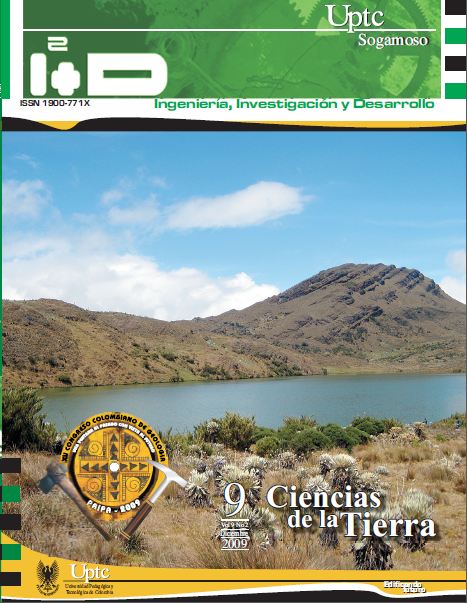Monitoring of risk areas in the central Andes using SIG and satellites data

Abstract
Several areas in the central Andes are historically affected by natural hazards occurring in glacial environments. As glaciers are very sensitive to temperature changes, we expect an intensification of glacier processes as response to the atmospheric warming detected in the Andes, possibly reducing the intervals of glacier-related disasters and hazards. In this context, the present study aims to test the potential of CBERS-2B data to be used for the identification of risk areas in the Andes. For that, semi-automatic routines for image processing and integration with a digital elevation models (DEM) were implemented in a Geographical Information Systems (GIS). CBERS-2B CCD (20-meters spatial resolution) and HRS (2,5-meters resolution) data are used for classification of ice, snow, waters, rocks and shadows, while a 15-meters DEM derived from ASTER imagery was used for the generation of slope and aspect information, and automatic delimitation of the catchment areas. Then, using the products of image classification and the data generated from the DEM, a tree classification algorithm was built with rules defined to select smooth areas just downward the glaciers. In order to validate the developed method, a comparison was done with the risk area delimited in the Jacha Pakuni Mountain (Tree Cruces mountain range, Bolivia) and the area affected by a glacier hazard occurred in 2007 at Pakuni mine. Hereby, the area affected by the debris flow was totally included within the risk zone delimited by the developed approach, showing the good potential of the method.
Keywords
CBERS 2B, areas of risk, natural disasters, natural dangers
References
- Huggel, C.; Kääb, A.; Salzmann, N. (2004): GIS-based modeling of glacial hazards and their interactions using Landsat-TM and IKONOS imagery. Norwegian Journal of Geography, n. 58, pp. 61-73.
- IPCC. Climate Change (2007): Climate change impacts, adaptation and vulnerability. Contribution of working group II to the fourth assessment report of the Intergovernmental Panel on Climate Change. Summary for policymakers - Brussels - April, n. 23, 2007.
- Jordan, E. Recente (1985): glacier distribution and present climate in the central Andes of South America, Zeitschrift für Gletscherkunde und Glzialgeologie, n. 21, pp. 213-224.
- Jordan, E. Die (1991): Gletscher der bolivianischen Anden. Eine photogrammetrisch - kartographische bestandsaufnahme der gletscher boliviens als grundlage fur klimatische deutungen und potential fur die wirtschaftliche nutzung. Franz Steiner Verlag. Tese (doutorado). Stuttgart, pp. 365.
- Williams, R. S., Jr.; Ferrigno, J. Satellite (1998): Image atlas of glaciers of the world: U.S. Geological Survey Professional Paper 1386-I (Glaciers of South America), pp. 206.